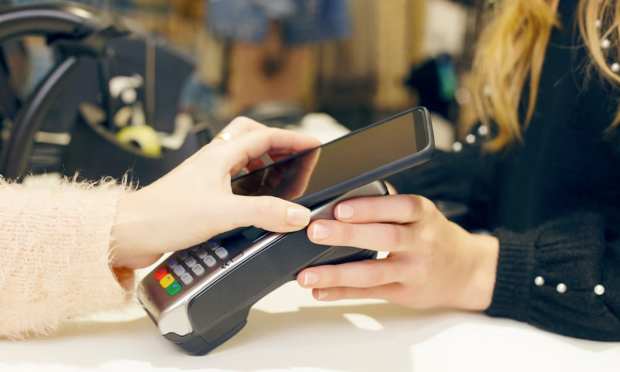Borrowing From The Nordic Region’s Smart Disbursements Playbook

The American press has for years had a minor obsession with comparing the U.S. economy with that of Scandinavian nations. It’s understandable, as those economies are generally well-managed, and are now pulling ahead by going cashless — and even cardless — as fast as possible.
Though differing in some economic approaches, the two regions can learn a lot from each other — like how to spread awareness, for a start. “Digital payments adoption has slowly gained ground in the [Nordic] region since the launch of mobile payment networks such as Vipps in Norway and the MobilePay system in Denmark,” according to PYMNTS’ February 2021 Disbursements Tracker®,done in collaboration with Ingo Money. “Consumers in the Nordics have continued to ditch cash and even plastic payment cards for digital and instant payments since the pandemic began, and analyzing the regionʼs payments ecosystem could help illustrate the value of instant paymentsʼ implementation to FIs, businesses and payors in the U.S.”
And while we can’t state with any certainty that living is better in the Nordic region, the latest Disbursements Tracker® proves that in payments, they’re fast — and getting faster still.
On Collaboration And Competition
Where the Nordic nations have really pulled it together is … by pulling it together. Collaboration between traditional banks and FinTechs could be characterized as better than average — and that’s a big deal. The bank-FinTech feud is basically over in Sweden, for example.
Bengt Nilervall, payment expert at the Swedish Trade Federation, recently told PYMNTS, “I think the advantage we have in Sweden is it is a small population [with] few larger banks that do cooperate. They do have competition between them, of course, but with [some] projects, they [work] together and make things happen … and I think that is the key. [That is] one of the main success stories [here]: to sit down and collaborate on one thing, and then you go back and start to compete on features, prices and so on. It is the same with P27 — I mean, if small countries like Sweden, Norway [and] Denmark [try] to do [it] all by themselves, they do not have a chance, so we do need to [collaborate].”
Ingo Money CEO Drew Edwards essentially concurs, telling PYMNTS that “the U.S. may never become a near-cashless economy like … the Nordic region, [but] there are still some lessons that can be learned with respect to how financial players can deliver and drive adoption of digital disbursements. The first, which is already occurring, is about the value of cooperation and collaboration within the industry. Here, it is about treasury banks and FinTechs working together to deliver a seamless digital disbursement experience for businesses and consumers across the various use cases.”
Edwards added that “as the infrastructure becomes available, the next lesson learned will be to ensure that there is broad education to citizens about availability and overall benefits. Treasury banks and corporate clients can play a key role in promotion as they roll out these solutions to their end users, while the U.S. government, [which is] itself working toward a modern payment experience, can help [to] be a catalyst toward driving to ubiquity.”
Choice Is Understood In Every Country
There’s no language barrier when it comes to instant money. It’s such a universally appealing concept that even Martians would presumably get it. They would also likely understand another universally adored thing: choice.
As Edwards told PYMNTS, “one point of differentiation in the U.S. compared to the Nordic region … has been the golden rule of offering recipients choices. Since there is no one choice … for everyone in the U.S., the entire ecosystem must be enabled to send funds instantly to debit cards, bank accounts and mobile wallets, as well as allow for cash and checks, even if these are backup choices to digital forms of payment. With nearly 40 percent of U.S. consumers saying they would choose instant payments if they were available, our market is ready. By taking these lessons from the Nordic countries, we too can bring digital disbursements into the mainstream.”
Edwards is onto something, as the Disbursements Tracker® states, “one recent study found that contactless payment use in the Nordic region rose from about 56 percent at the beginning of 2020 to 74 percent by November. This shift could have intriguing implications for the region in terms of how consumers wish to make and receive payments in the future.”
